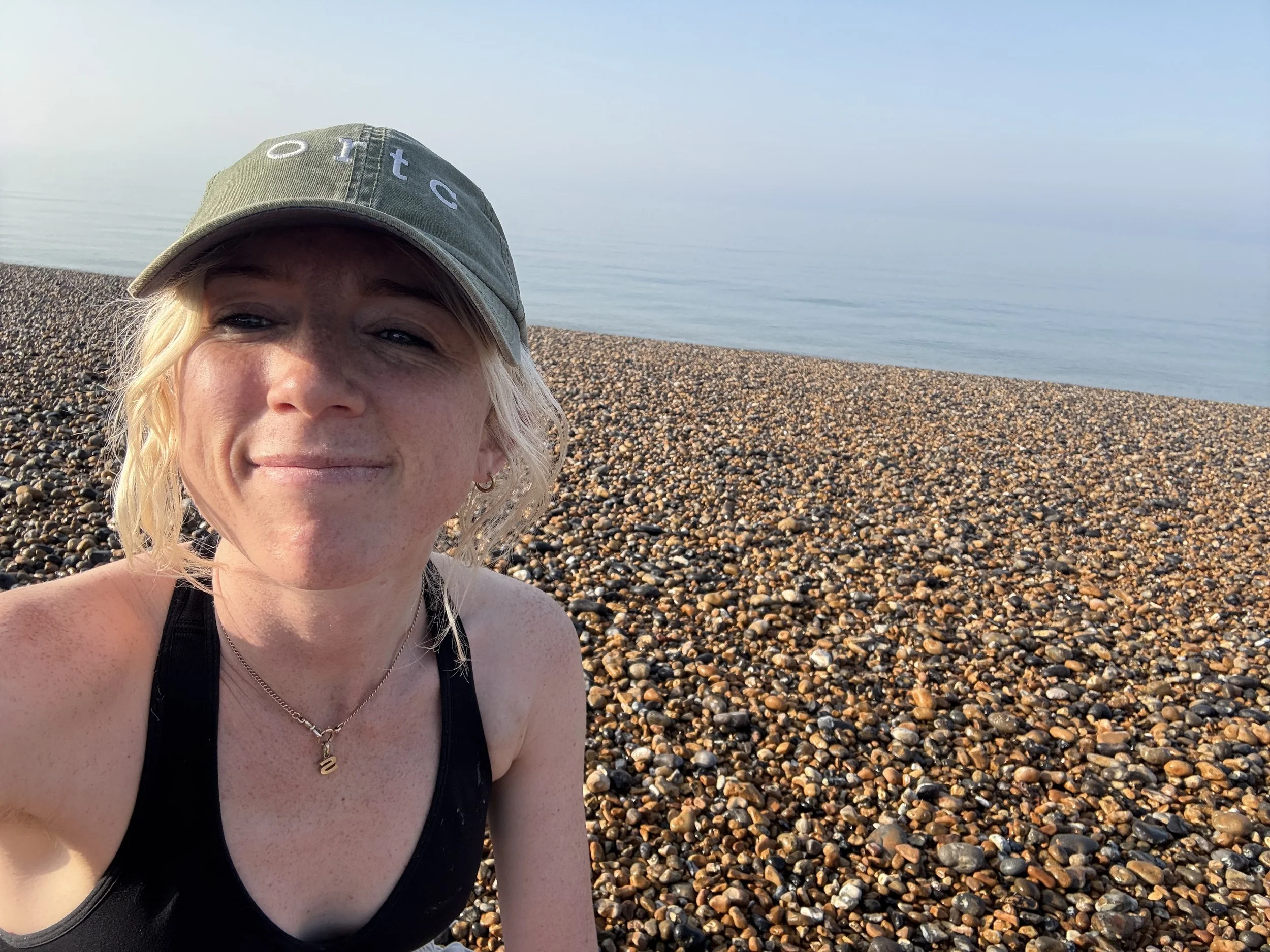My First Experience With CranioSacral Therapy
When people ask me what CranioSacral Therapy is, I often say, “It’s magic.” That’s genuinely how it felt during my first experience.
From Tinnitus and Pain to Unexpected Healing
I was 19 when doctors told me I would likely need hearing aids. I had developed tinnitus and was losing my hearing, it was a really tough time. I couldn’t communicate properly, I was not able to join in on the laughter and jokes around me, and the constant ringing in my ears drove me to the edge. I felt alone.
This started when I contracted dengue fever in Africa. I pushed my body to the limit, scuba diving, then climbing Kilimanjaro. On a short inland flight in Kenya, I perforated my eardrum. That flight is a story of its own: there were just two of us on board, and the flight attendant's safety talk was, “If we crash, we die, so good luck!” That night, the pain in my ear was worse than any injury I’d had, even worse than when I broke my leg.
By the time I returned to England, I could barely swallow without choking on my own saliva, my voice was a whisper and often disappeared altogether, and my hearing felt like it was getting worse every day with unbearable tinnitus. My body had completely shut down.
Enter CranioSacral Therapy
As a last resort, my wonderful mum took me to see a lady who practiced CranioSacral Therapy. Honestly, I thought it was bizarre, a bit “woo woo.” I was skeptical. It felt like she wasn’t even doing anything. It was so gentle, it almost seemed like witchcraft.
But by the end of that first session, something shifted. My tinnitus eased, my hearing felt a little better, and for the first time in months, I felt calm. I went back three more times. Since then, fingers crossed, my hearing has been mostly fine.
To me, it really did feel like magic. That silence in my head, felt like heaven.
Why I Decided to Learn It Myself
Nearly eight years later, I’ve chosen to study CranioSacral Therapy at The Upledger Institute, where the amazing woman who treated me trained. I wanted to go straight to the source. You can’t learn these skills overnight, but it’s been incredible to start integrating them into my practice at Well Health Therapy.
Even my partner, who’s a bit of a skeptic, has been blown away by the results.
What Is CranioSacral Therapy?
CranioSacral Therapy is a gentle, hands-on technique that works with the body's central nervous system. It uses subtle, non-invasive touch to help your body relax, release tension, and restore balance. Many people are surprised by how powerful it is — even when it feels like barely anything is happening on the surface.
What to Expect in a Session
“You lie on a treatment table while the practitioner places their hands gently on your body – usually starting at the feet. They’re feeling for subtle rhythms, how your tissues move, and whether any part of your body is asking for attention.
Sometimes, that area might be where your symptoms are. Other times, the root cause may be somewhere else entirely. Your body is smart – it adapts to stress, injury, and emotional experiences in clever ways. The practitioner will move their hands to different areas during the session, often including your head and the base of your spine.
At the very least, you’ll feel relaxed and more connected to yourself. Sometimes the practitioner may ask gentle questions to help you explore past experiences and what they mean to you now. But remember – you are always in charge. You guide the session.” – taken from UpledgerUK website
If you're curious about CranioSacral Therapy, I’d love to help you explore it in a safe, grounded, and supportive space. It changed my life — and I believe it could help you too.
Just a few areas that Cranial Sacral Therapy can help you with!
🧠 Nervous System & Mental Health
Anxiety and panic attacks
Depression (especially when linked to stress or trauma)
PTSD and emotional trauma
Insomnia and sleep disturbances
Stress-related burnout or overwhelm
Headaches and migraines
💆♀️ Musculoskeletal Pain & Tension
Neck pain and whiplash
Jaw tension and TMJ dysfunction
Back pain and spinal imbalances
Shoulder and hip tightness
Chronic tension from poor posture (e.g. desk work)
👂 Ear, Nose & Throat (ENT) Issues
Tinnitus
Vertigo and dizziness
Sinus congestion or pressure
Eustachian tube dysfunction
Hearing loss related to tension or inflammation
🚼 Babies & Children
Birth trauma
Colic or digestive discomfort
Sleep issues
Feeding difficulties
Developmental delays or motor issues
🌸 Women's Health
Menstrual discomfort
Pelvic pain or tension
Emotional release around fertility or birth trauma
Postpartum recovery and hormonal stress
⚙️ Other Common Uses
Fibromyalgia or chronic fatigue
Digestive issues (when linked to stress or nervous system imbalance)
Support after surgery or injury
Supporting emotional release in body-based trauma recovery
Helping the body process grief or shock
✨ Important Note:
CST is best thought of as a complementary therapy, ideal for working alongside conventional medicine or other holistic practices. It supports regulation, balance, and healing by calming the central nervous system and improving fluid movement in the body.

